Soft-furred hedgehogs (gymnures) are small mammals that are members of the hedgehog family, but as their common name suggests they are furry rather than spiny. Like spiny hedgehogs, they are not rodents and they have a pointy snout.
These small mammals are active during the day and night and are omnivorous, likely eating a diversity of insects and other invertebrates as well as some fruits as opportunities present themselves.
Based on the lifestyles of their close relatives and field observations, these hedgehogs likely nest in hollows and take cover while foraging among tree roots, fallen logs, rocks, grassy areas, undergrowth and leaf litter.
“Without the spines of their more well-known cousins, soft-furred hedgehogs superficially look a bit like a mixture of a mouse and a shrew with a short tail,” said Dr. Arlo Hinckley, a researcher at the National Museum of Natural History and University of Seville.
“The five new species belong to a group of soft-furred hedgehogs called lesser gymnures (Hylomys) that live in Southeast Asia and previously was only recognized to have been represented by two known species.”
“We were only able to identify these new hedgehogs thanks to museum staff that curated these specimens across countless decades and their original field collectors.”
“By applying modern genomic techniques like we did many years after these hedgehogs were first collected, the next generation will be able to identify even more new species.”
In the study, Dr. Hinckley and colleagues assembled 232 physical specimens and 85 tissue samples for genetic analysis from across the entire Hylomys group from a combination of their own field collecting, as well as modern and historical museum specimens from no less than 14 natural history collections across Asia, Europe and the U.S.
They then set about the lengthy process of conducting genetic analysis on the 85 tissue samples in the lab.
They also made rigorous physical observations and collected measurements to examine differences in the size and shape of skulls, teeth and fur on the 232 specimens.
The genetic results identified seven distinct genetic lineages in Hylomys, suggesting the number of recognized species in the group was about to increase by five, later confirmed by the team’s physical observations of the specimens.
The two new species, named Hylomys vorax and Hylomys macarong, are endemic to the endangered Leuser ecosystem, a tropical rainforest in North Sumatra and Southern Vietnam, respectively.
The other three new species were all formerly considered to be subspecies of Hylomys suillus, but all showed sufficient genetic and physical divergence to merit the upgrade to species in their own right.
They are named Hylomys dorsalis, Hylomys maxi and Hylomys peguensis.
“It might be surprising for people to hear that there are still undiscovered mammals out there,” said Dr. Melissa Hawkins, curator of mammals at the Smithsonian Institution’s National Museum of Natural History.
“But there is a lot we don’t know — especially the smaller nocturnal animals that can be difficult to tell apart from one another.”
The study was published in the Zoological Journal of the Linnean Society.
Citation:
Arlo Hinckley et al. An integrative taxonomic revision of lesser gymnures (Eulipotyphla: Hylomys) reveals five new species and emerging patterns of local endemism in Tropical East Asia. Zoological Journal of the Linnean Society, published December 21, 2023; doi: 10.1093/zoolinnean/zlad177
This article was first published by Sci News on 27 December 2023. Lead Image: Hylomys dorsalis seen in the wild on Mount Murud, Sarawak, Borneo, Malaysia. Image credit: Quentin Martinez, www.quentinmartinez.fr.
What you can do
Help to save wildlife by donating as little as $1 – It only takes a minute.

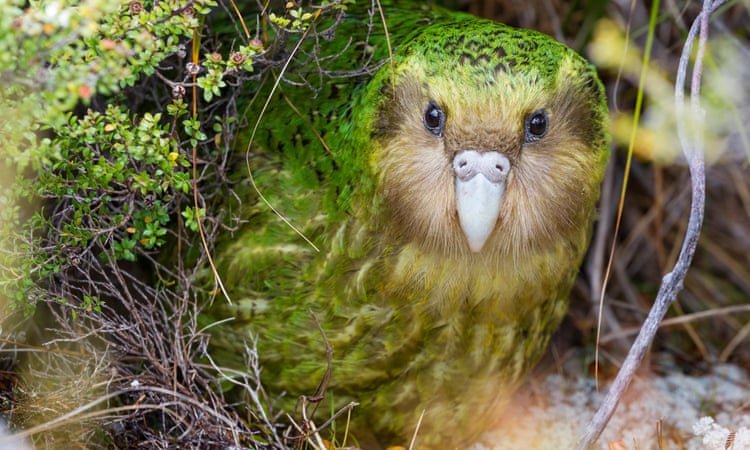
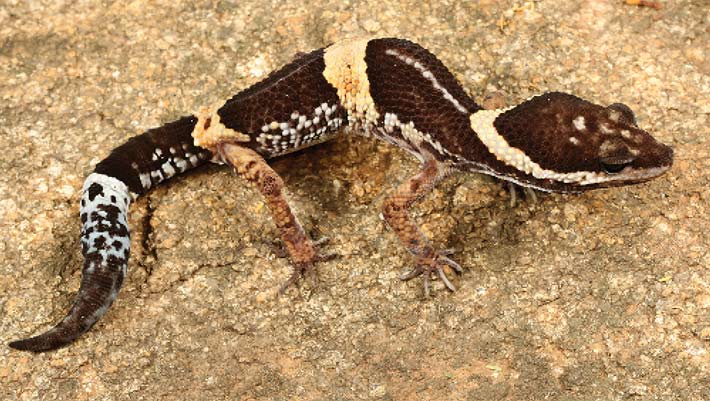
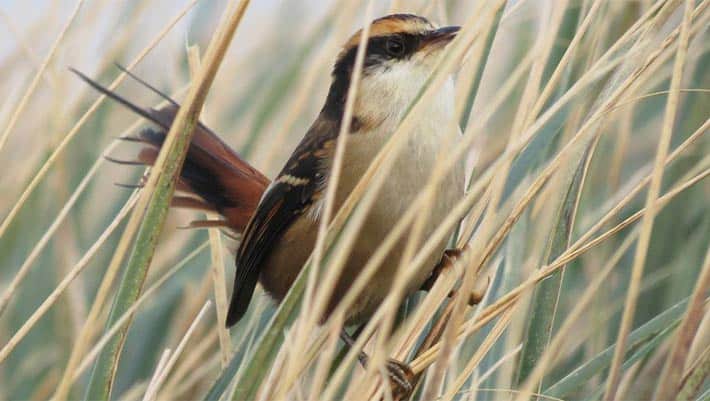
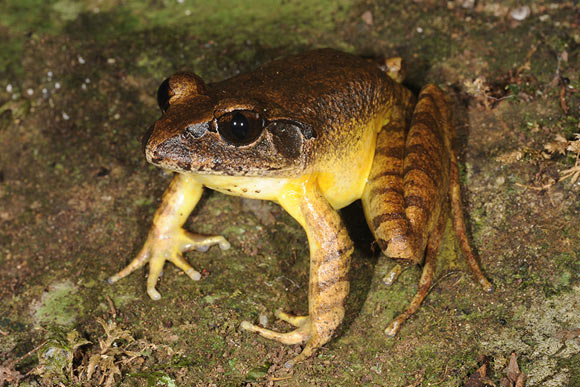
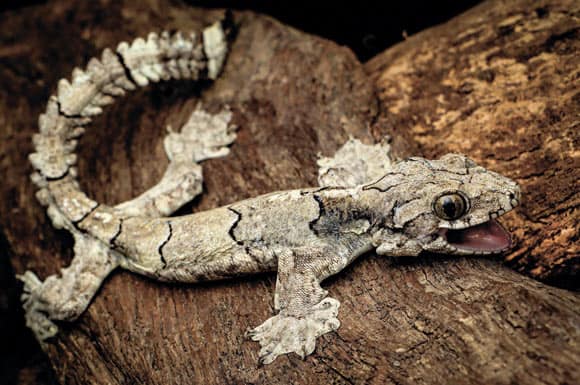
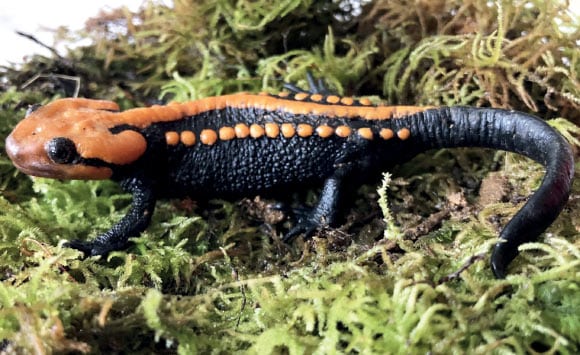
Leave a Reply